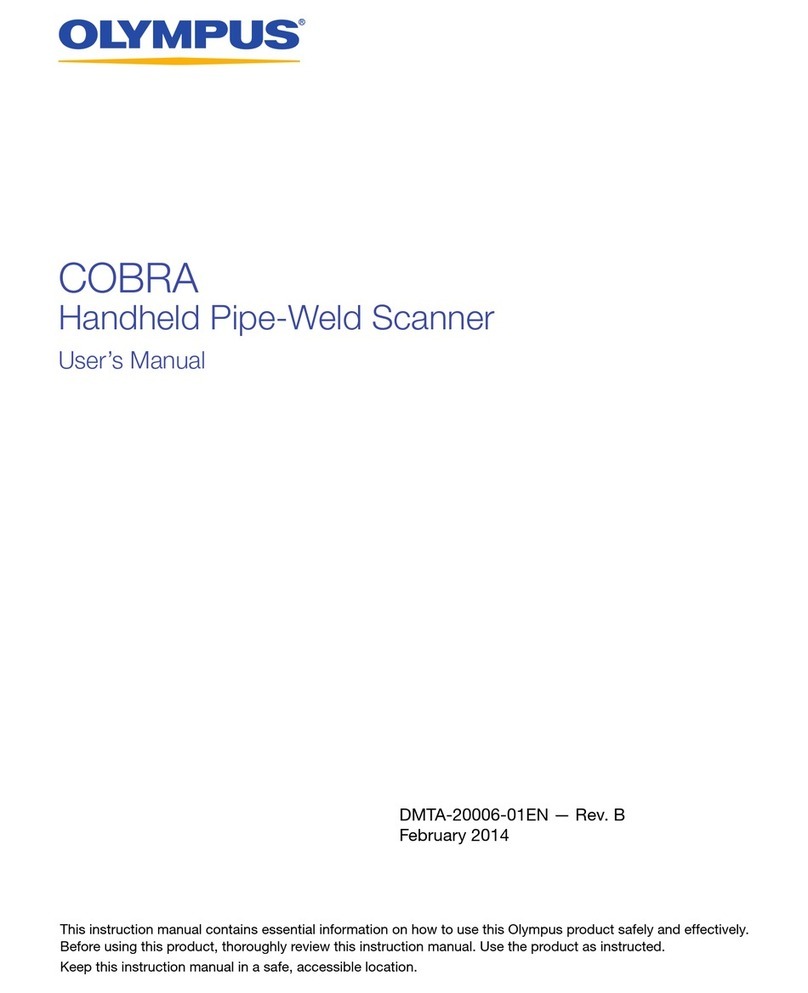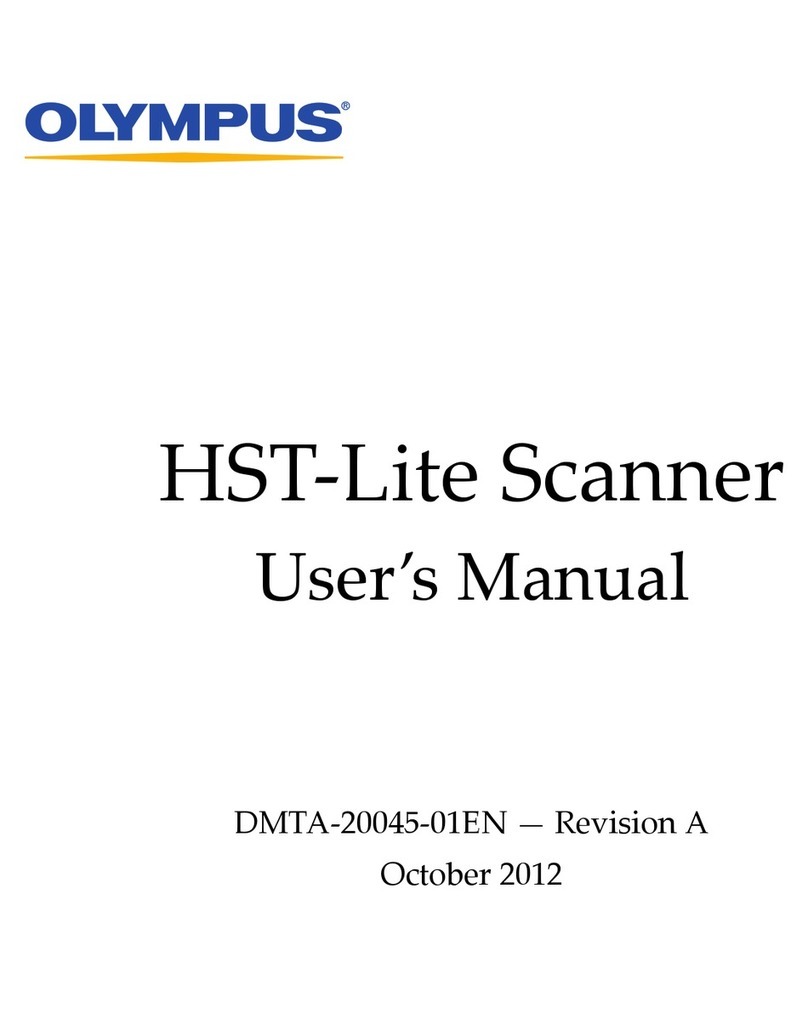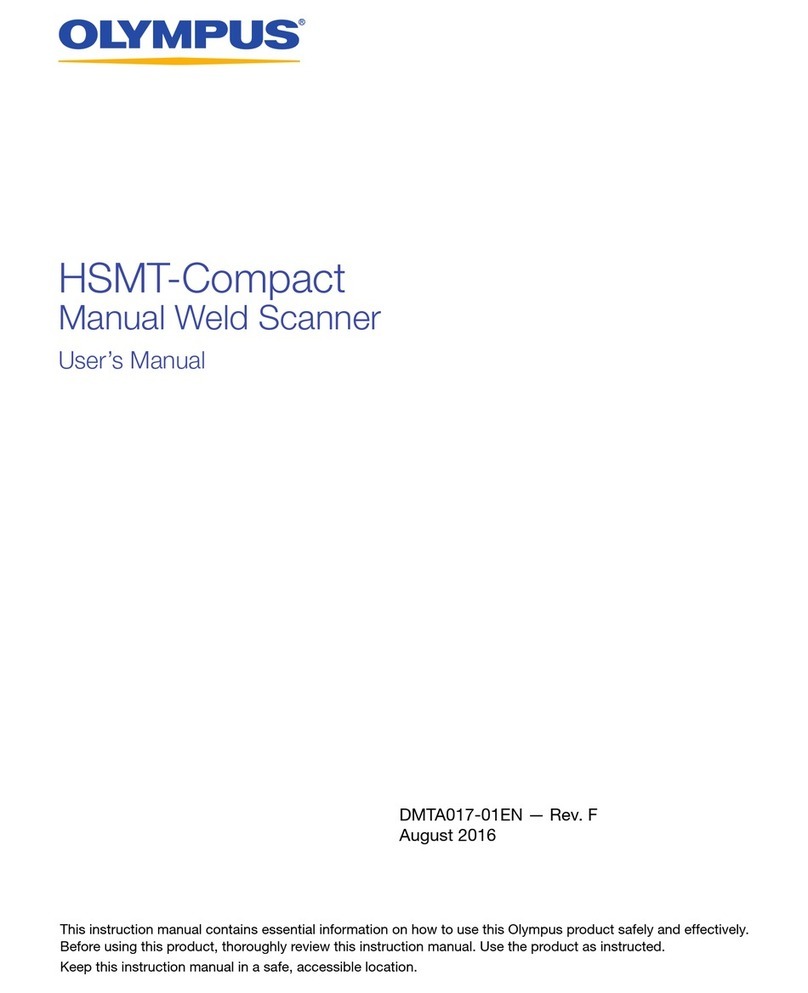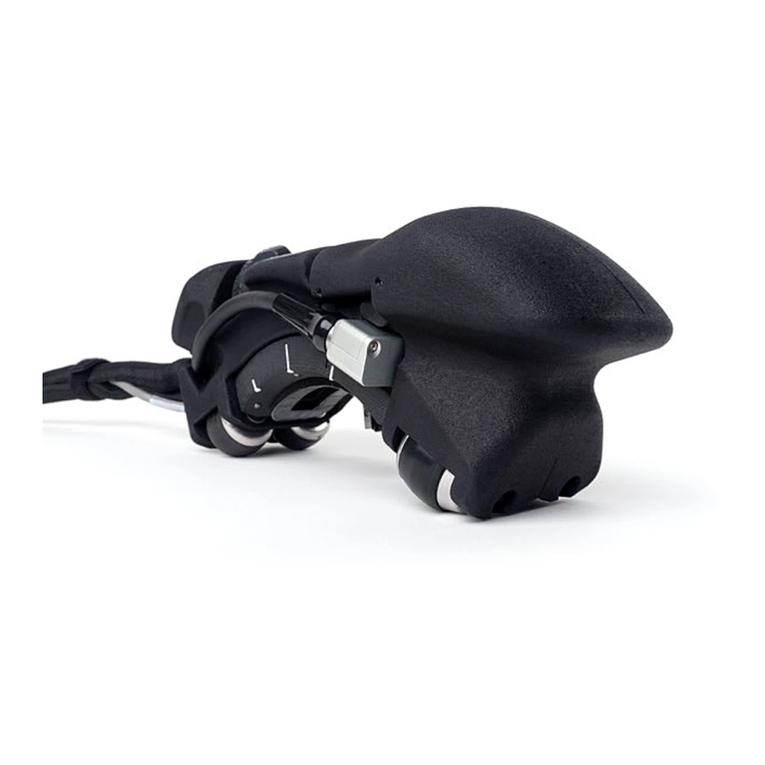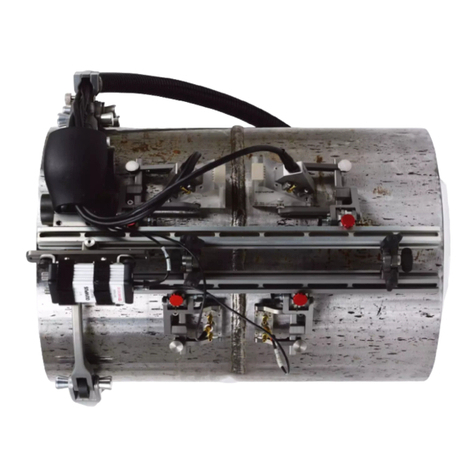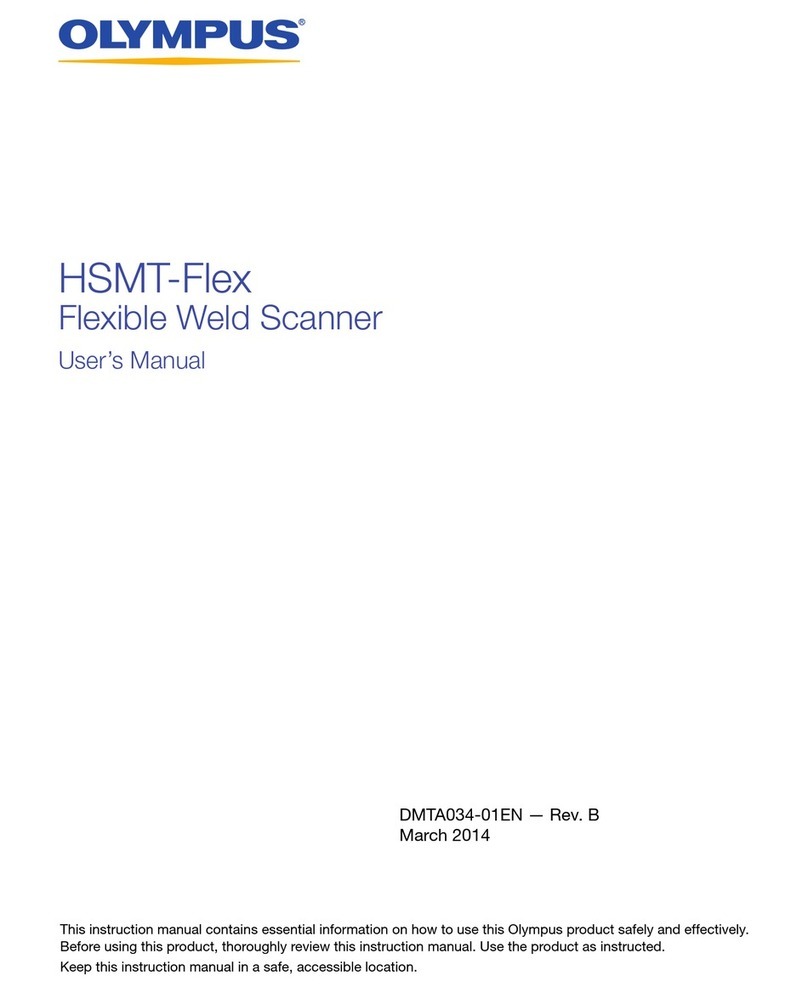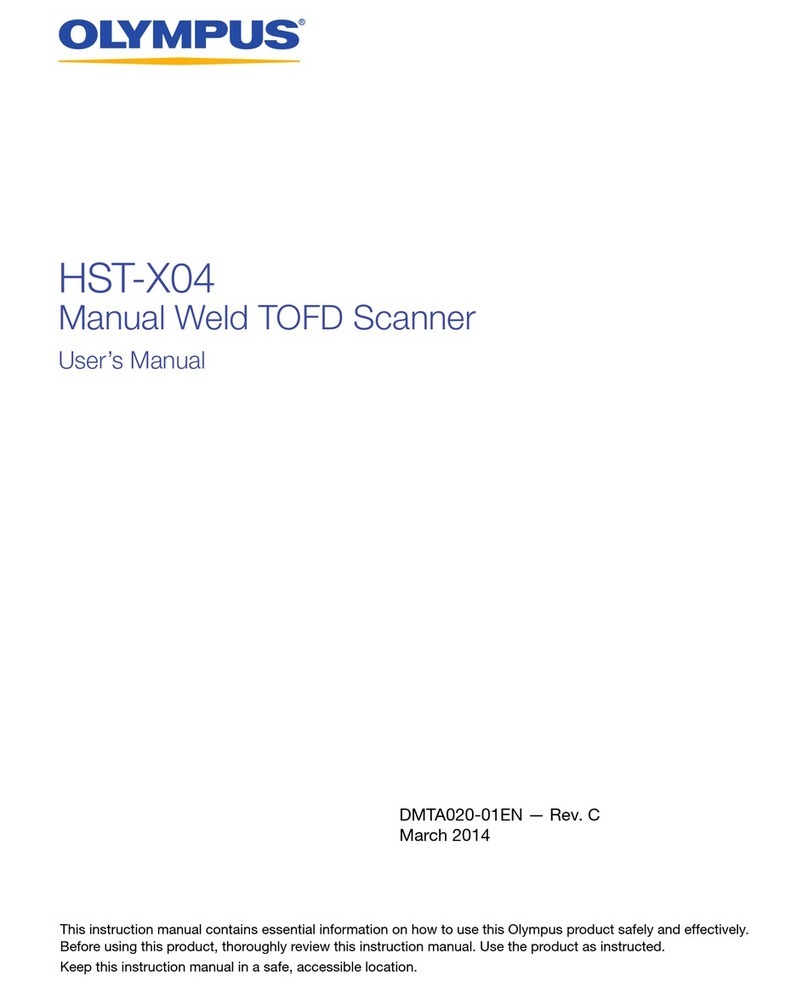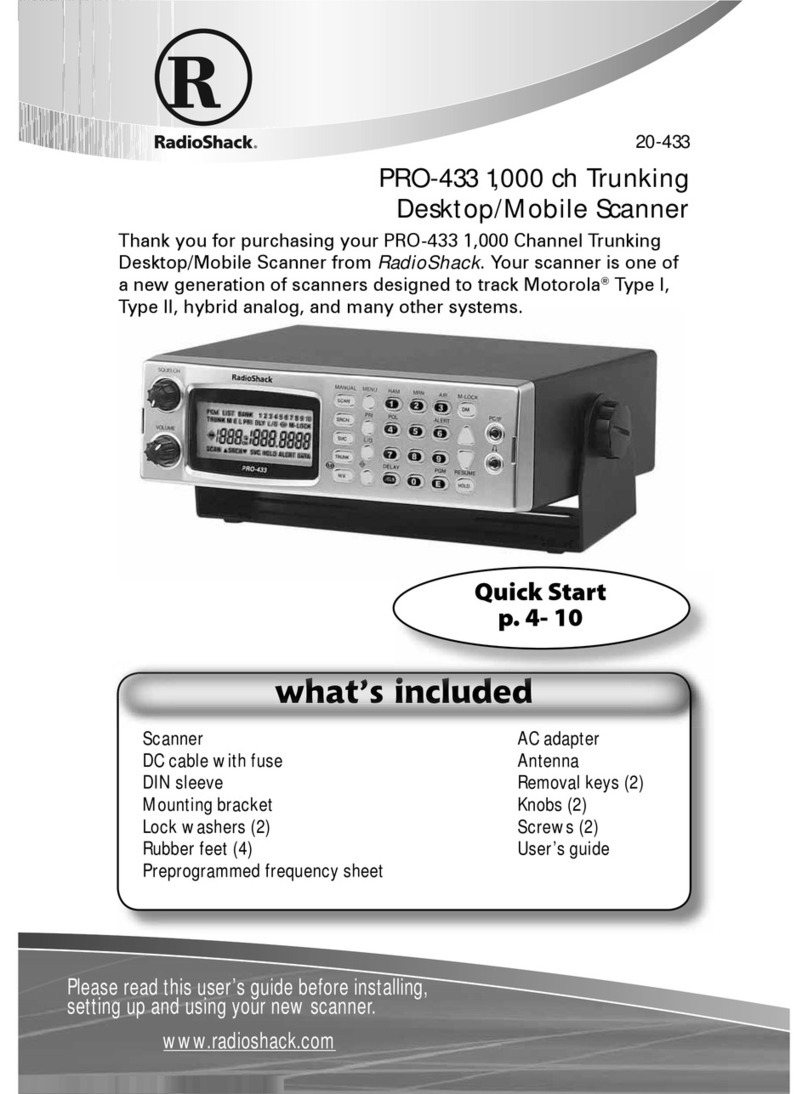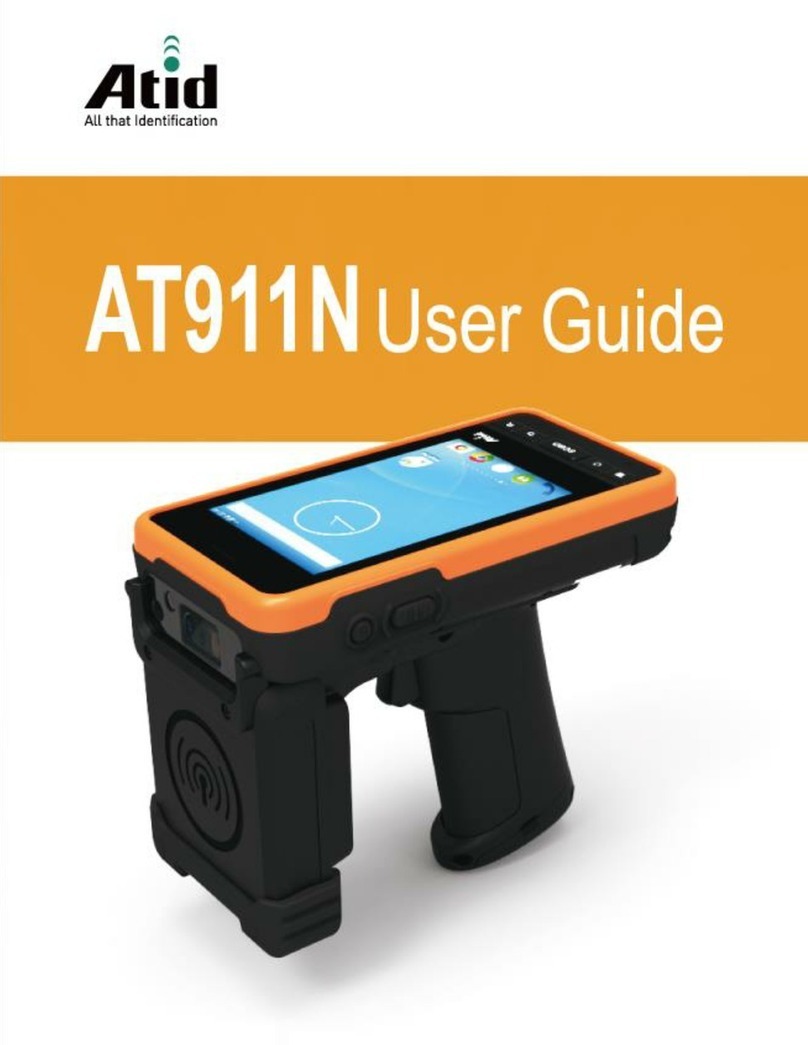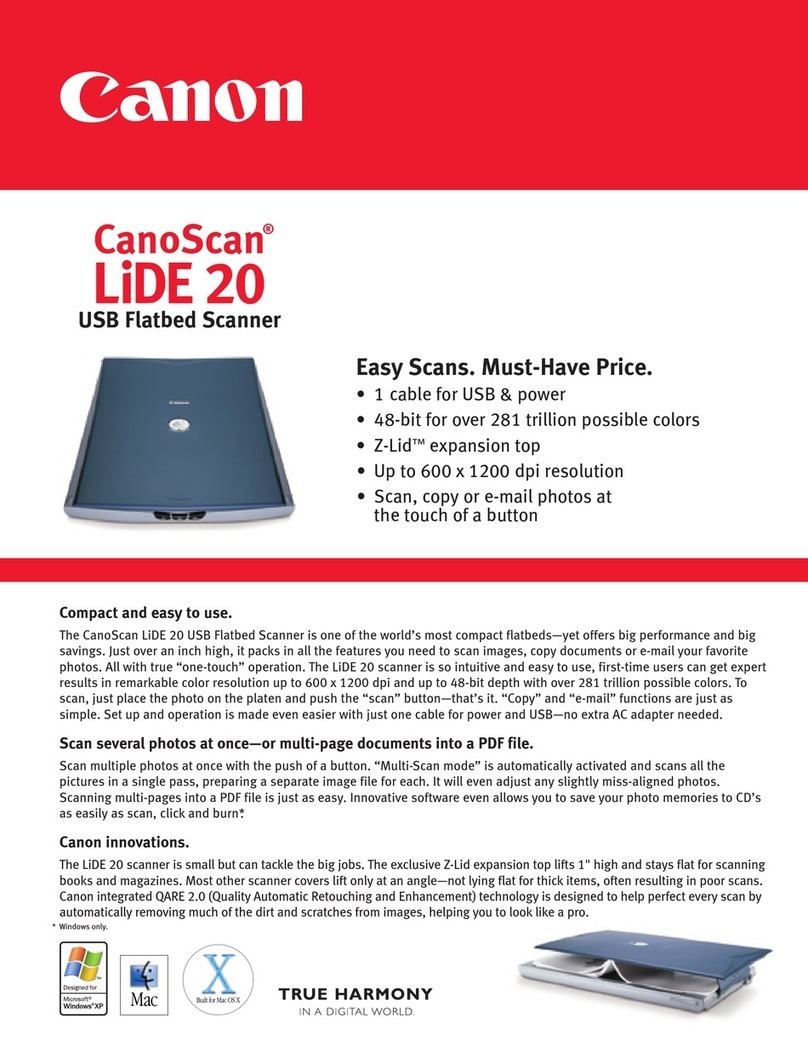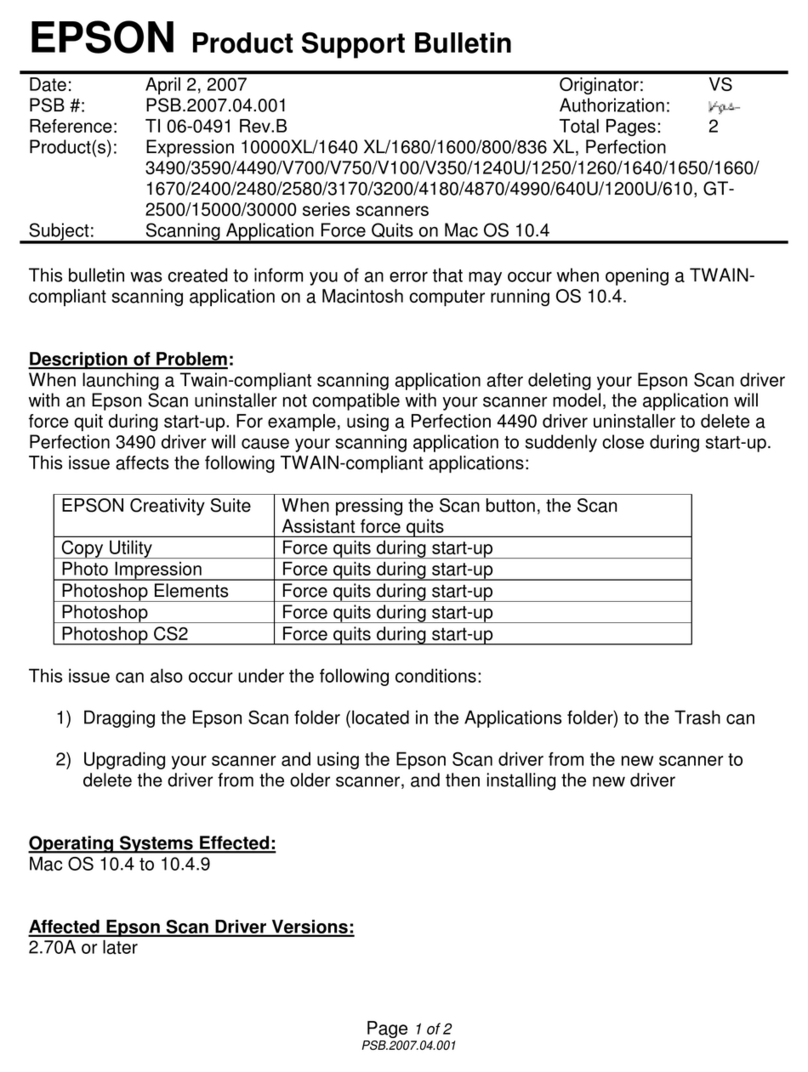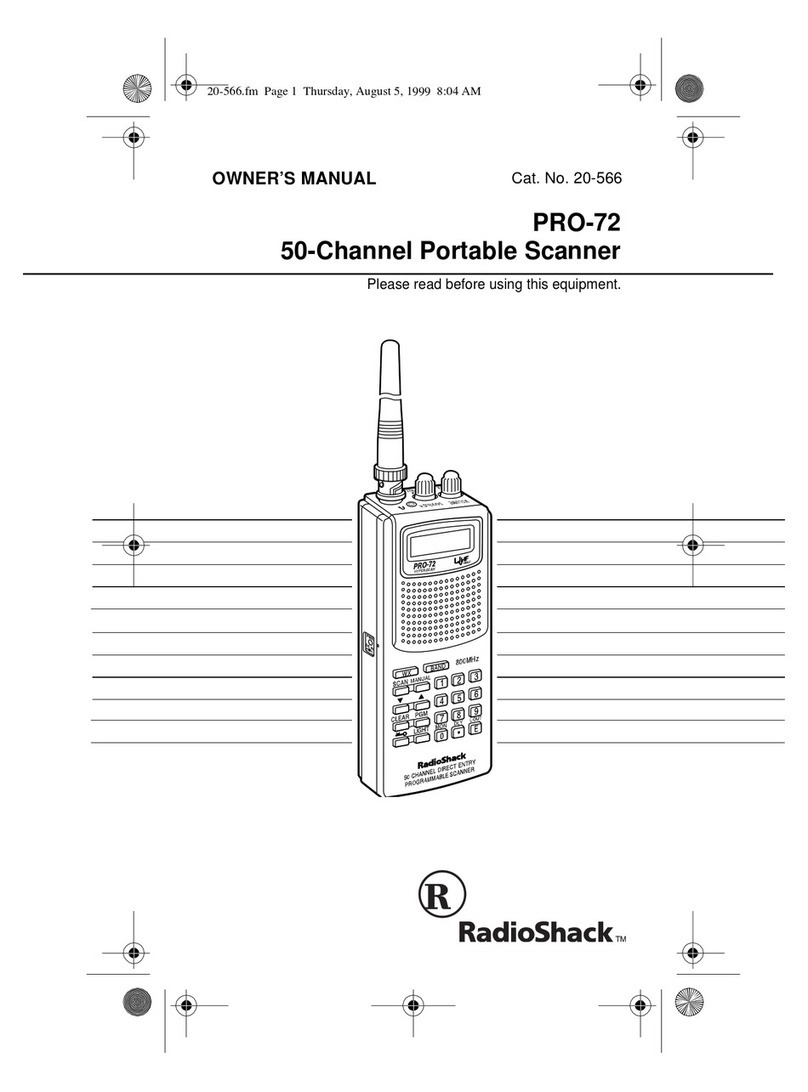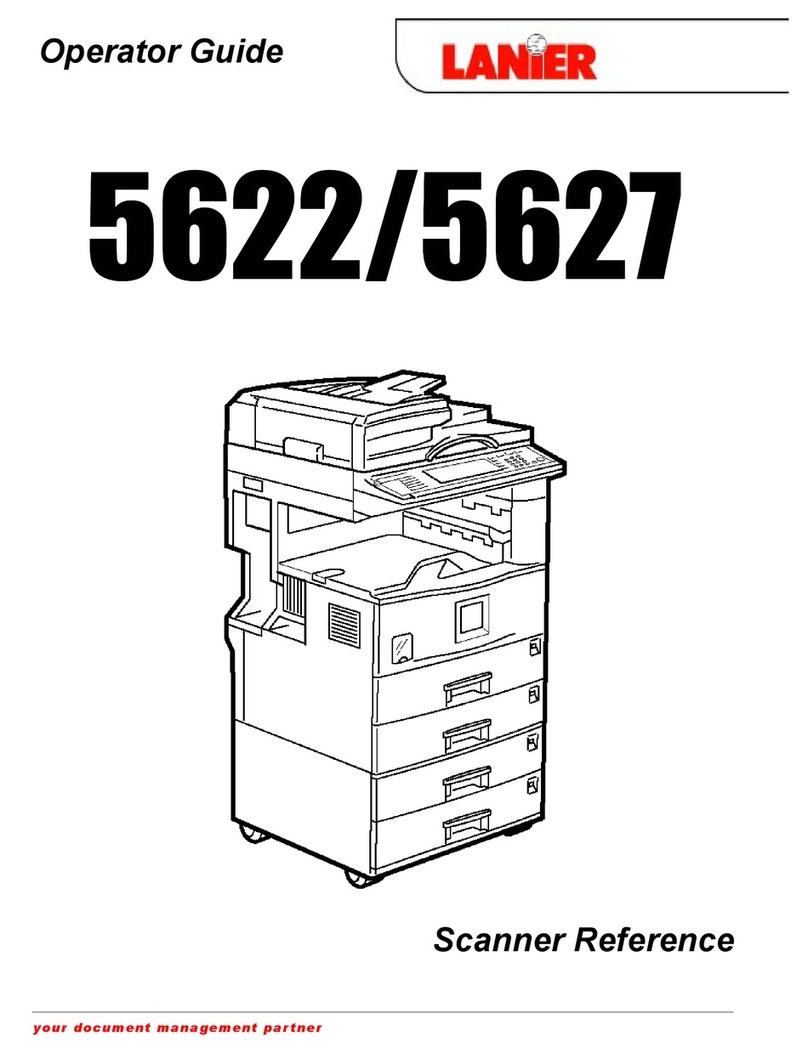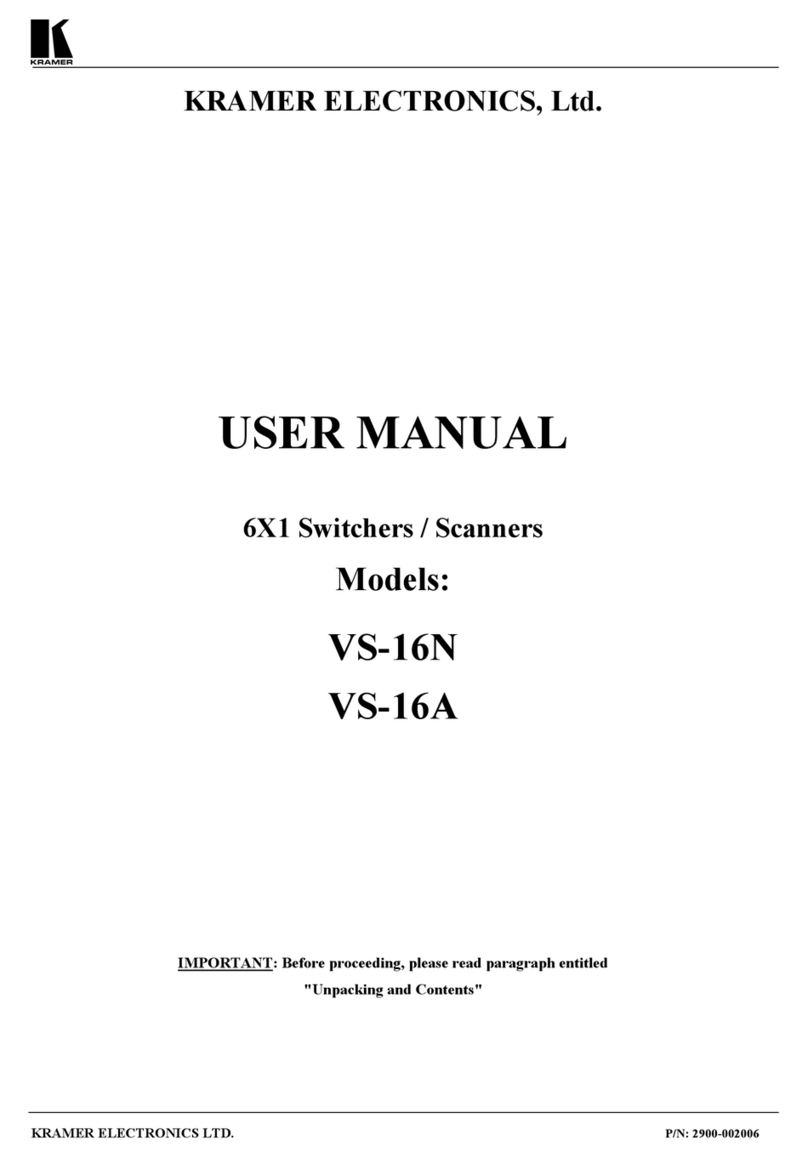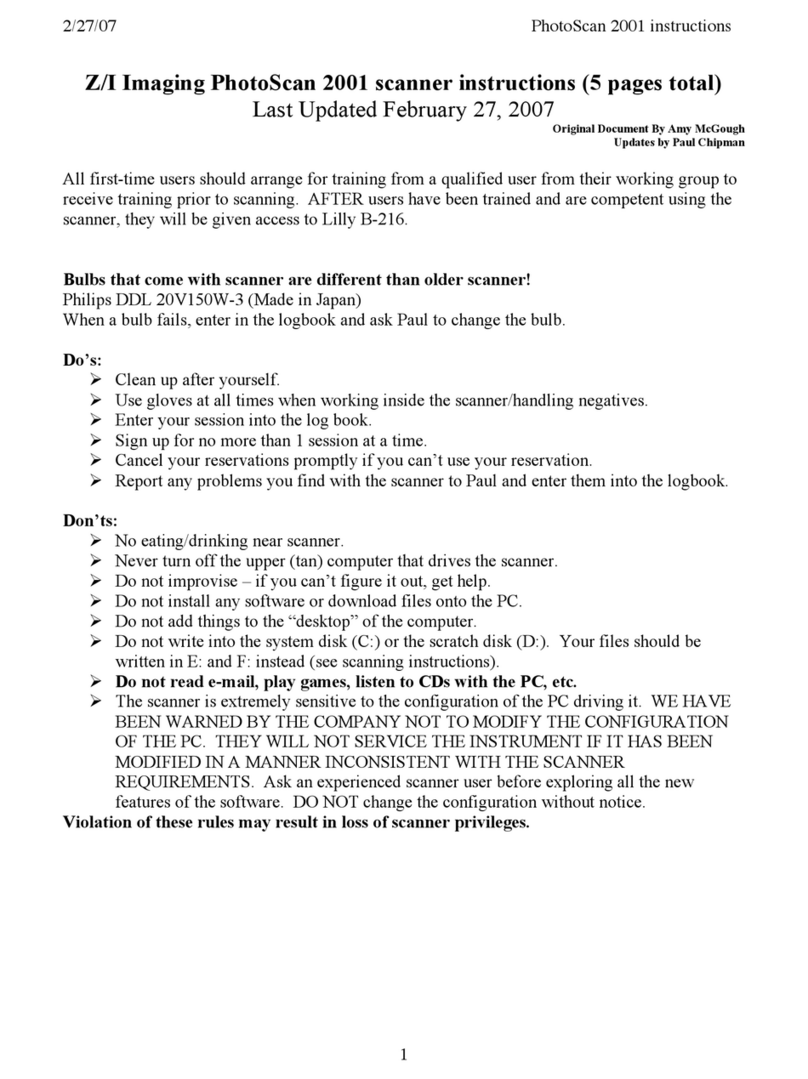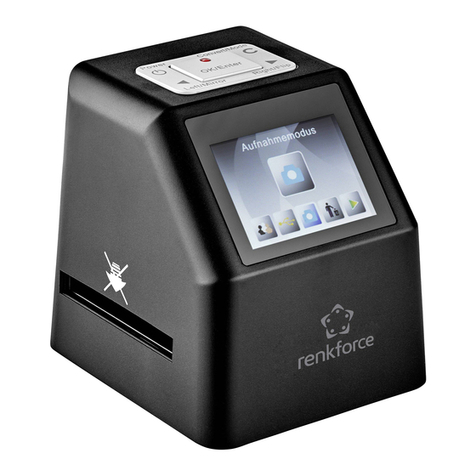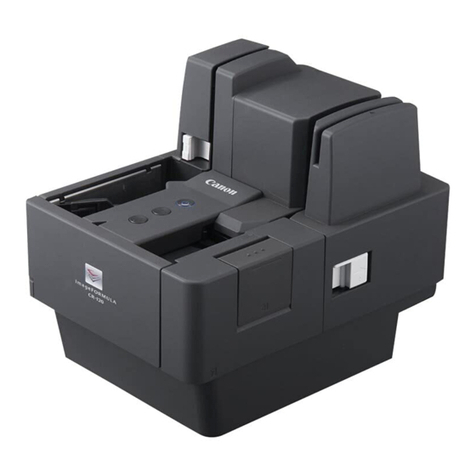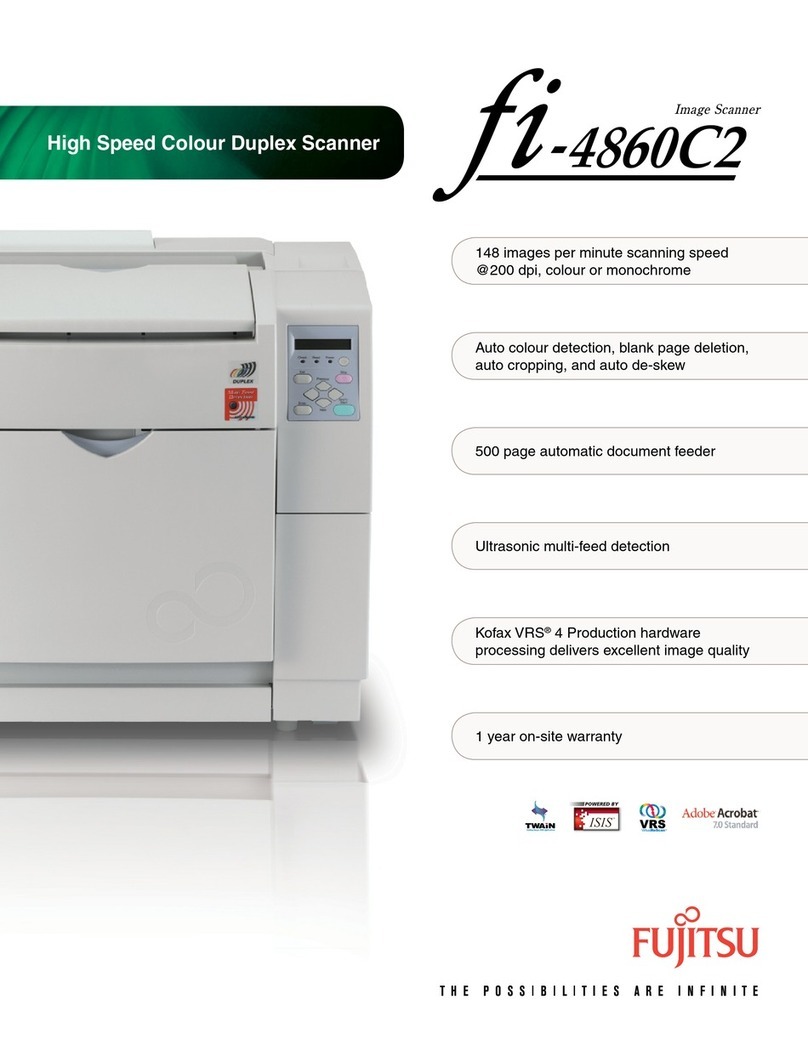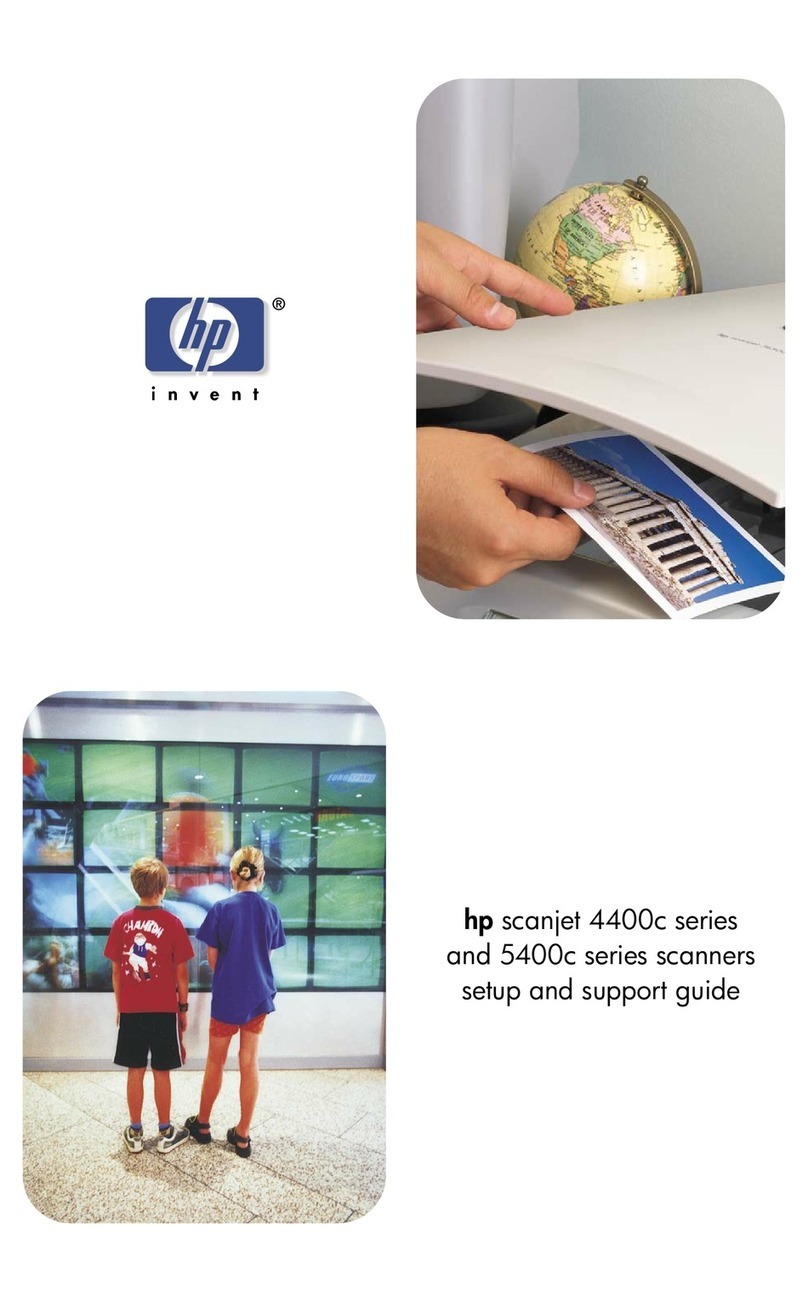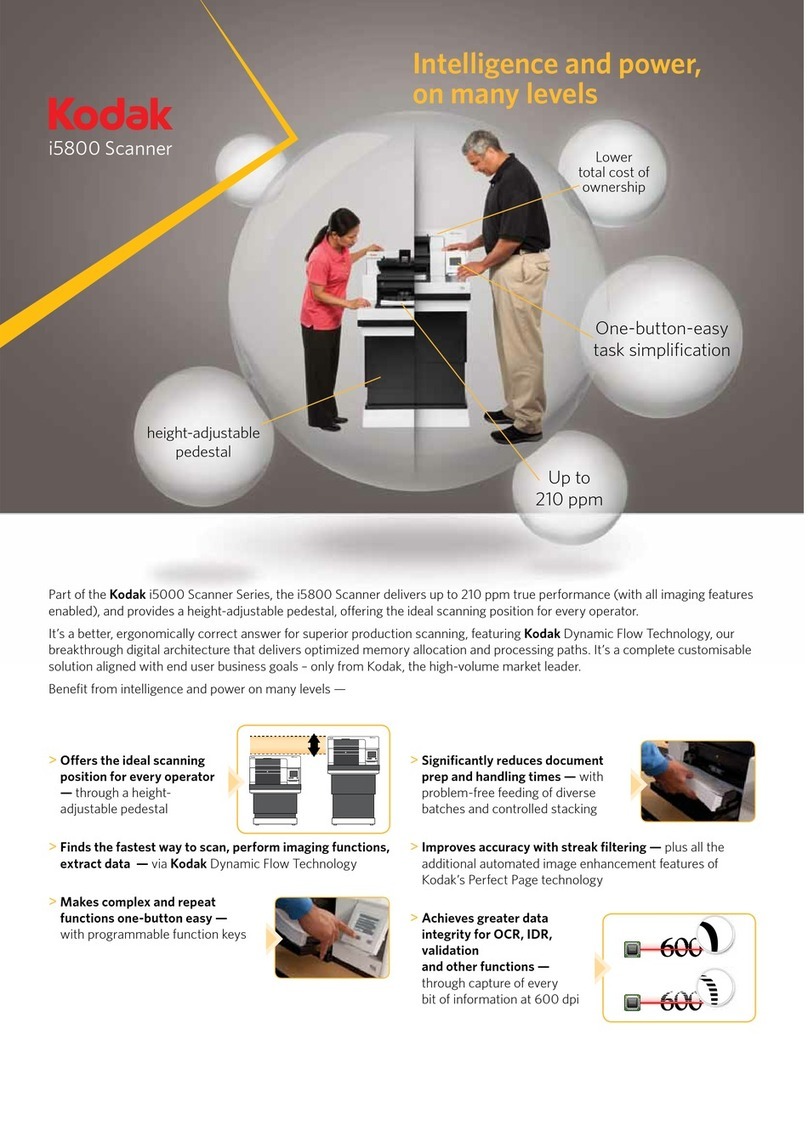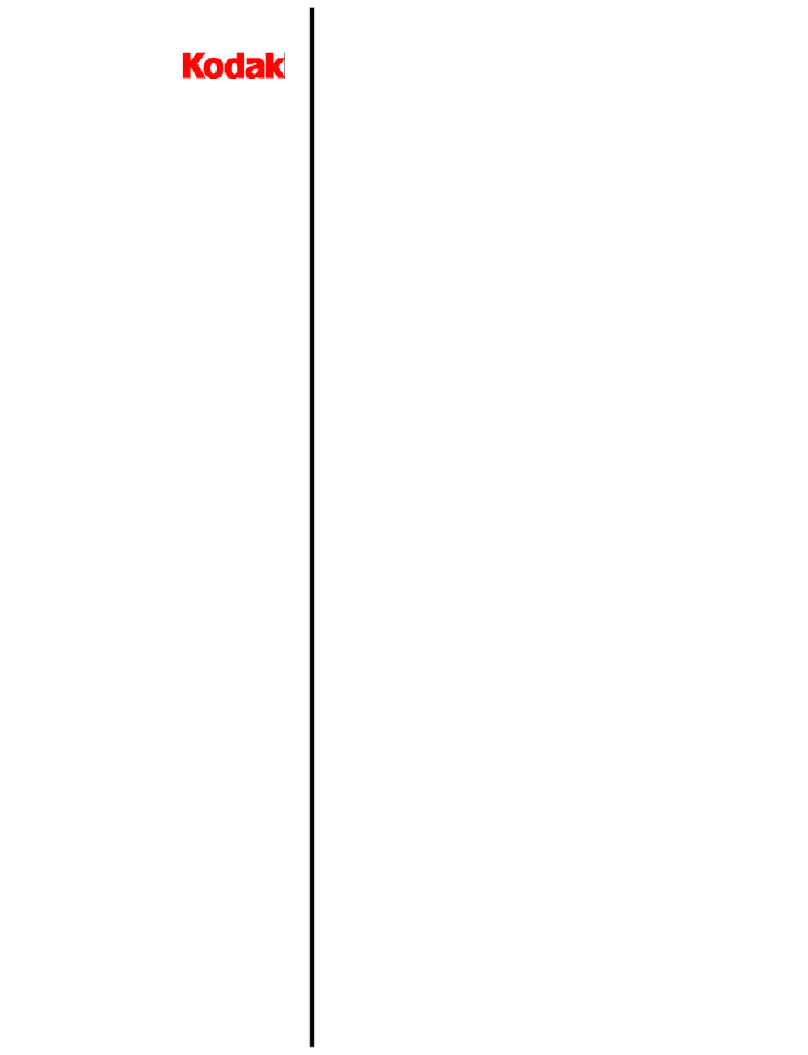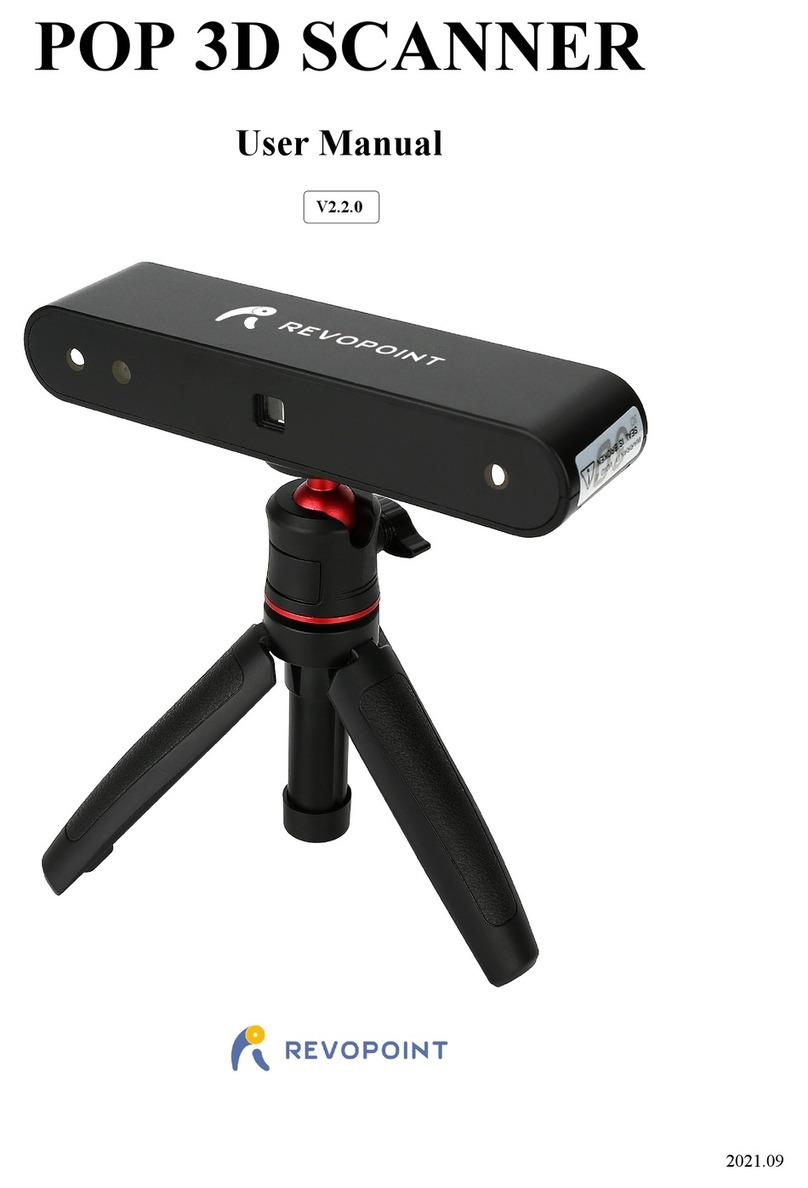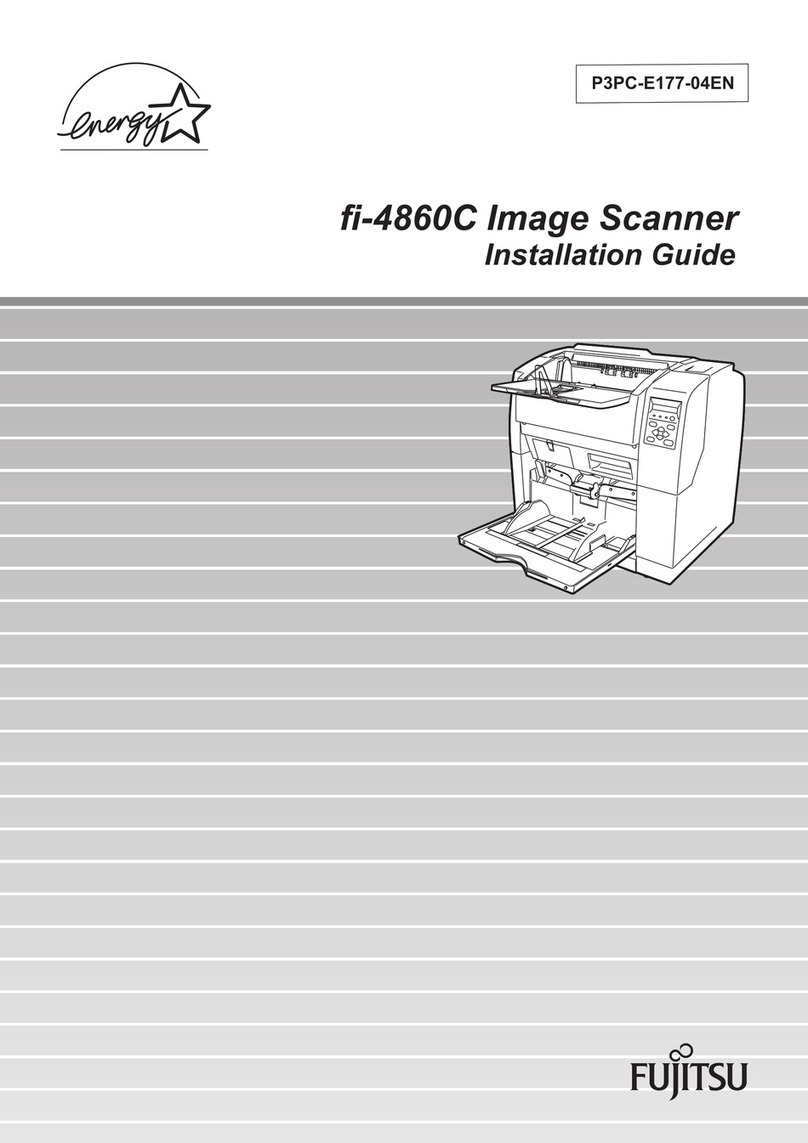
DMTA029-01EN, Rev. E, December 2017
Table of Contents iii
Table of Contents
Labels and Symbols ........................................................................................... 1
Important Information — Please Read Before Use ..................................... 3
Intended Use .......................................................................................................................... 3
Instruction Manual ................................................................................................................ 3
Loose Parts .............................................................................................................................. 4
Scanner Compatibility .......................................................................................................... 4
Presence of Visual Interferences or Phantom Spots ......................................................... 5
Safety Symbols ....................................................................................................................... 5
Safety Signal Words ............................................................................................................... 6
Note Signal Words ................................................................................................................. 7
Safety ....................................................................................................................................... 7
Warnings ................................................................................................................................. 7
Equipment Disposal .............................................................................................................. 8
CE (European Community) ................................................................................................. 8
WEEE Directive ...................................................................................................................... 8
Warranty Information ........................................................................................................... 9
Technical Support .................................................................................................................. 9
Introduction ...................................................................................................... 11
1. Overview ..................................................................................................... 13
2. Scanner Assembly and Setup .................................................................. 17
2.1 Assembling the Scanner ........................................................................................... 17
2.2 Part Replacement and Adjustment ........................................................................ 18
2.2.1 Replacing a Mounting Pod ........................................................................... 18
2.2.2 Installing a Vacuum Generator with Pods ................................................. 19
2.2.3 Adjusting the Orientation of the Probe Holder ......................................... 28
